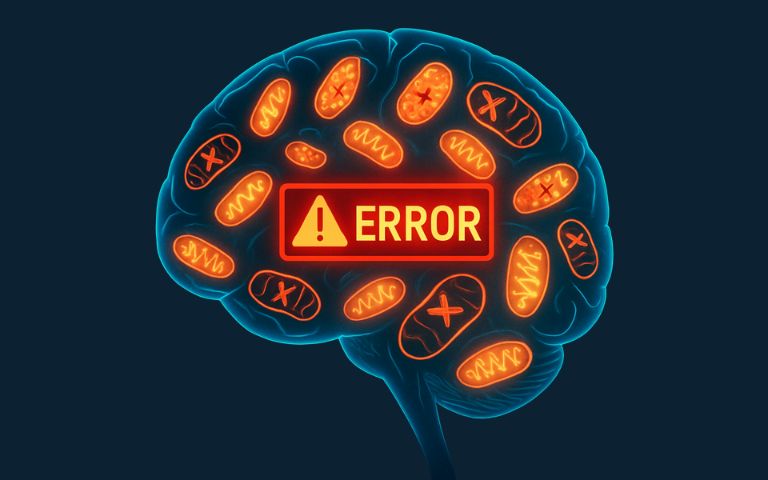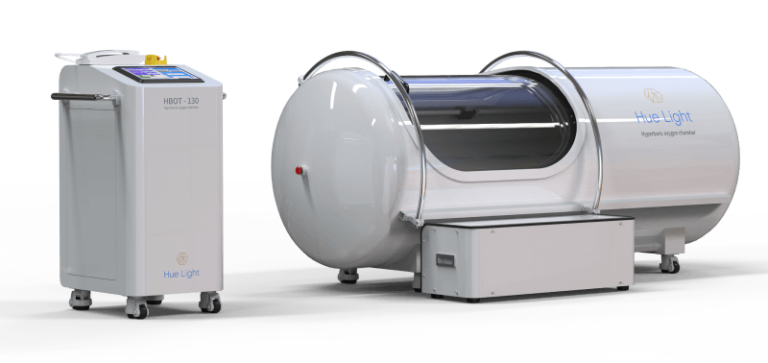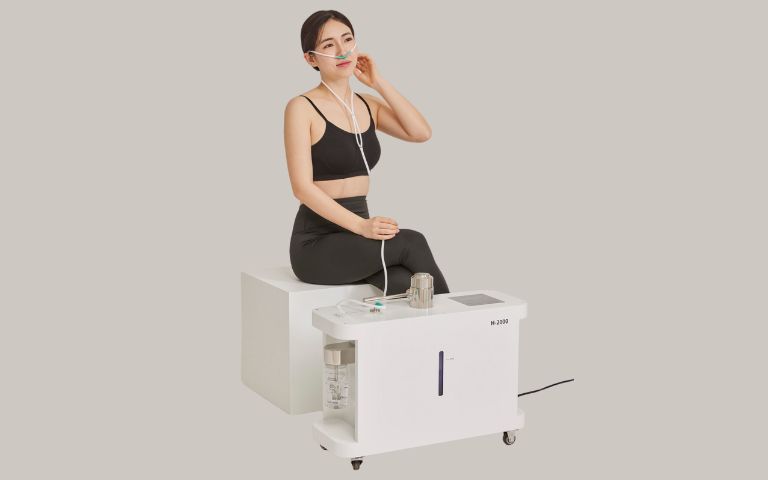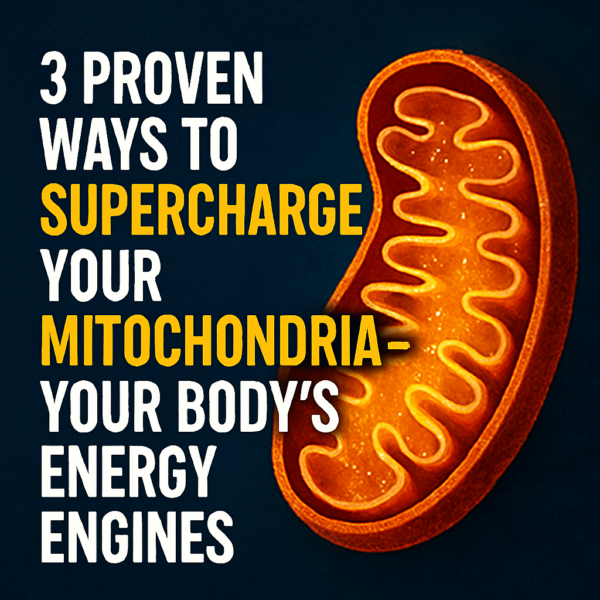Feeling tired all the time? Your mitochondria might be the reason. No matter how much you sleep, you still feel exhausted. Your brain’s foggy, and your recovery from workouts is painfully slow. This isn’t just stress. It could be something deeper: Mitochondrial Dysfunction.
Your body’s ability to produce energy, fight disease, and recover from stress starts at the cellular level—specifically, in your mitochondria. These microscopic organelles are often called the “powerhouses of the cell” because they generate the energy needed for nearly every biological function. But what happens when your mitochondria aren’t functioning properly?
Fatigue, brain fog, metabolic issues, and even chronic illnesses can trace their roots to mitochondrial dysfunction. The good news? You can take practical steps to optimize your mitochondrial function and restore cellular vitality.
In this article, you’ll discover why mitochondrial health matters, how to recognize dysfunction, and most importantly, how to improve mitochondrial function naturally through science-backed lifestyle and nutritional strategies.
Why Mitochondrial Function Matters

Mitochondria are responsible for producing ATP (adenosine triphosphate), the molecule your body uses for energy. Each cell contains hundreds to thousands of mitochondria, particularly in high-demand tissues like the heart, brain, muscles, and liver.
When mitochondria are functioning well, your body efficiently generates energy, detoxifies waste, and manages oxidative stress. But when they’re damaged or sluggish, it can set the stage for fatigue, aging, inflammation, and chronic disease.
Mitochondrial dysfunction is increasingly recognized as a key player in aging and conditions like Alzheimer’s, type 2 diabetes, cardiovascular disease, and chronic fatigue syndrome.
How to Recognize Symptoms of Mitochondrial Dysfunction
Mitochondrial dysfunction doesn’t always scream for attention. Instead, it often whispers. Here are some common signs:
- Persistent fatigue or exhaustion not relieved by rest
- Brain fog, memory lapses, or difficulty concentrating
- Muscle weakness or exercise intolerance
- Chronic pain, especially in fibromyalgia and CFS
- Digestive problems, including bloating or food sensitivities
- Hormonal imbalances (thyroid, adrenal, or reproductive)
- Poor stress resilience or sleep issues
- Headaches or migraines
- Increased sensitivity to cold
If you identify with several of these symptoms, your mitochondria might need support.
3 Proven Ways to Supercharge Your Mitochondria
Biohackers focus on 3 scientifically proven ways to restore mitochondrial function:
- Light (Photobiomodulation)
- Oxygen (Hyperbaric Oxygen Therapy)
- Hydrogen (Hydrogen Therapy)
Combined, these help your cells recover and produce more energy. Just 2 hours a day is enough.
1. Improve Mitochondrial Function with PBM

A 2022 study shows that PBM improved dopamine neuron survival in Parkinson’s models, restored movement, and activated PGC-1α, a gene that triggers new mitochondria growth.
Red light stimulates mitochondria directly, turning ATP production back on. Studies show PBM can boost PGC-1α, the gene that tells your cells to make more mitochondria. PGC-1α is like your cell’s “mitochondria manager.” When it’s active, more energy factories are built.
What does this mean for you?
- Increased brain energy (ATP)
- Reduced neuroinflammation
- Better memory, focus, and mood
✅ Do this:
- Expose your body to light for 20 minutes daily to feel more focused and less fatigued.
2. Improve Mitochondrial Function with Hyperbaric Oxygen Therapy (HBOT)

HBOT increases the amount of oxygen your cells absorb. This boosts oxidative phosphorylation, the process that creates ATP. Studies show HBOT activates PGC-1α and TFAM, two genes that stimulate mitochondrial growth and repair.
Mice receiving HBOT showed improved movement, increased levels of PGC-1α and TFAM (key genes for mitochondrial biogenesis), and higher mitochondrial counts. TFAM acts like the “blueprint copier” for new mitochondria—it helps build more energy factories inside cells.
Why it matters:
- More mitochondria = faster recovery
- Stronger focus and brain clarity
- Slower cellular aging
✅ Do this:
- Spend 40 minutes a day with an HBOT hyperbaric oxygen chamber. You’ll likely feel sharper, recover faster, and sleep better.
3. Improve Mitochondrial Function with Hydrogen Therapy

Hydrogen is the smallest molecule, but it delivers big benefits. It removes harmful free radicals and restores mitochondrial function by activating Complex I, the first step in ATP production. It also boosts PGC-1α and helps build new mitochondria.
In a sepsis-induced brain injury model, hydrogen therapy improved survival, restored ATP and mitochondrial Complex I activity, and upregulated mitochondrial biogenesis genes. Complex I is the ignition system for cellular energy. If it’s broken, the whole process stalls.
✅ Do this:
- Practice 60 minutes of hydrogen inhalation daily. It may help clear brain fog and boost your overall vitality.
Your 2-hour daily routine to power up your cells
- PBM (Light) – 20 min
- HBOT (Oxygen) – 40 min
- Hydrogen Inhalation – 60 min
This 3-step protocol helps restore your cellular engine.
Conclusion: A Simple Way to Improve Mitochondrial Function
Mitochondrial health isn’t just a buzzword. It’s the foundation of how you feel, think, and age. If your energy is low, your focus is fading, or your body isn’t recovering like it used to, your mitochondria might be the hidden culprit. The good news? You have the power to turn things around.
The three most effective and science-backed ways to restore and enhance mitochondrial function—Photobiomodulation (PBM), Hyperbaric Oxygen Therapy (HBOT), and Hydrogen Inhalation—all work by targeting the same master regulator: PGC-1α. This gene acts like a switchboard for mitochondrial creation and repair. When activated, it triggers the growth of new, healthy mitochondria, improving energy production at the cellular level.
More mitochondria = more energy, better focus, faster recovery, and healthier aging.
And now, you don’t have to piece together complicated therapies to get results.
Try the Huelight Protocol
Huelight offers an all-in-one system that combines PBM, HBOT, and Hydrogen Therapy into one seamless, easy-to-follow solution. It’s designed to help you reclaim your energy, improve your brain clarity, and support long-term cellular vitality, naturally and effectively.
Ready to boost your mitochondria? Start with Huelight! Contact us today at +822-898-2116 or fill out the form!













